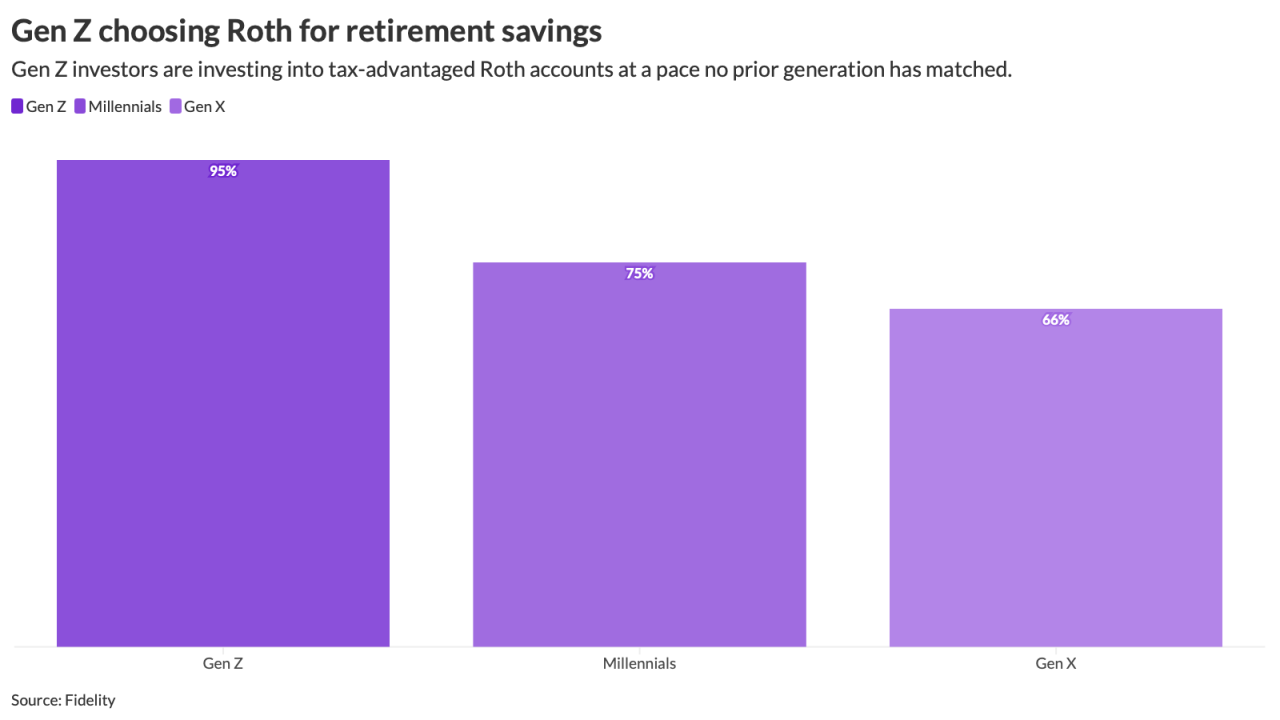As American workers are increasingly looking to a new range of employer-sponsored retirement products to help guarantee some securely funded golden years, they may be missing out on the advantages of a system theyve paid into their entire working lives.
John D. Blossom, Jr., president of the Alliance Benefit Group of Illinois, says he believes that a more concentrated look at maximizing Social Security benefits can be a critical ingredient in helping employees get the most out of their often-limited retirement resources and not leave any money on the table.
Blossom, speaking at this weeks NAPA 401(k) Summit in San Diego, says that advisers can also help their employee-clients and still-working plan participants to understand that they might face a much, much longer post-working period, and that appropriate financial planning is critical.
Also see:
With healthy lifestyles and medical technology now seeing Americans living almost a decade longer than they did in 1960 (life expectancy is now almost 89 years for women and 86.6 years for men), Blossom says its doubly important for pre-retirees to make some important decisions regarding the way theyll draw their Social Security benefits. His thesis is that 70 really is the new 65, and that retirement planning should reflect that growing reality.
The cost of making mistakes about when to draw benefits is terrible especially doing it immediately at 66, Blossom notes, reporting that his own lack of planning cost he and his wife more than $100,000 in long-term benefits. You really need to pay attention to that. And, at the same time, 90% of American retirees dont maximize their benefits, as well.
Blossom coaches other retirement benefit advisers to adopt a holistic approach that recognizes the real financial benefits of the still-active Social Security system a system which continues to provide nearly 85% of the retirement income for almost half of current retirees.
Also see:
In so doing, they can mix those pre-paid benefits with other retirement assets, including employer-sponsored defined contribution and defined benefit plans and any pre-paid health care benefits, IRAs, life insurance and even home ownership. Even the sometimes controversial reverse mortgage can be a valuable add-on to shore up an employees retirement future, he adds. Planned properly, Social Security can still provide more than a million dollars in benefits for a retiree.
Another new approach he suggests is the use of Qualified Longevity Annuity Contracts, a new option issued by the IRS last year which allows fixed annuities, deferred to as late as age 85 and not subject to required minimum distributions, as a tremendously cost-effective vehicle to help serve what could be a very long retirement period, especially for women. Its an intriguing idea to truncate the amount of capital needed, he notes.
Also see:
Social Security optimization also presents a tremendous opportunity for advisers to do good for their clients and present a level of expertise on a subject that many pre-retirees simply overlook, Blossom says.





